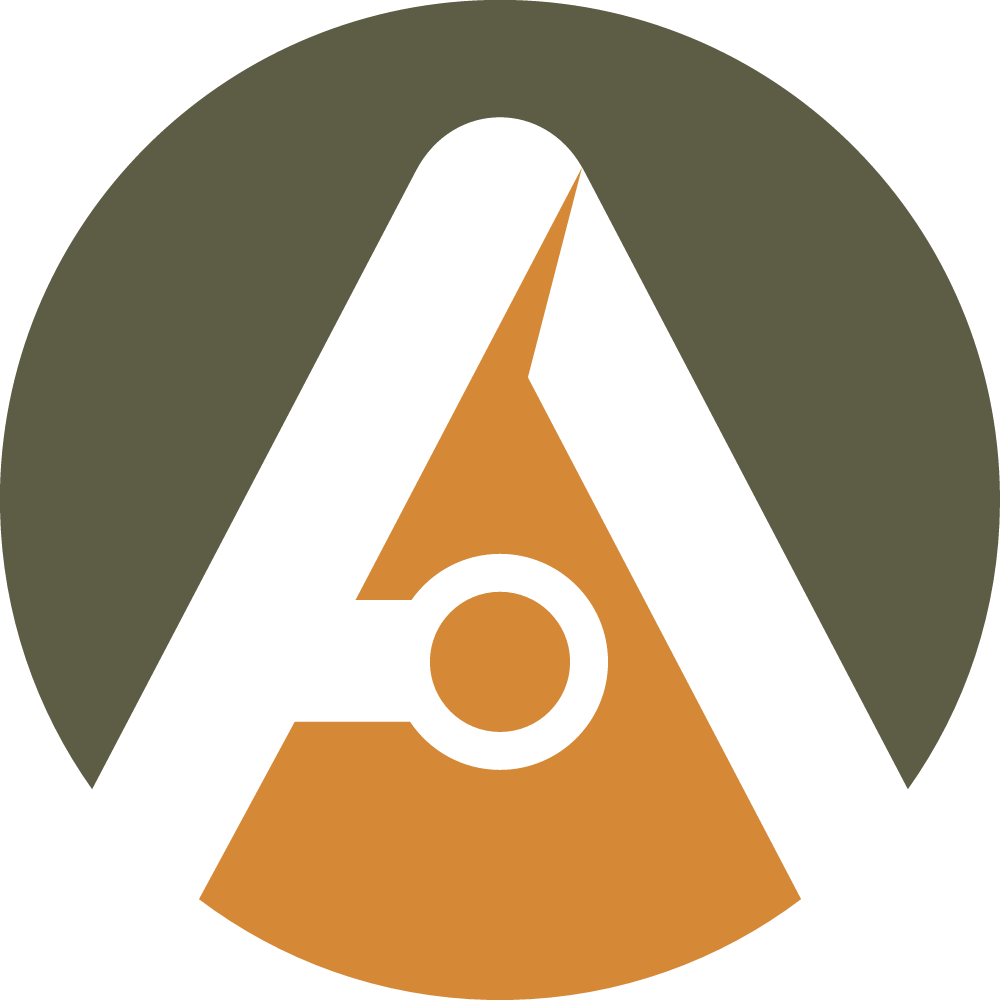As parents, we all want our kids to thrive in school. So when your child passes the school vision screening, it feels like you can check one more thing off the list. ✅ But here’s the surprising truth: 20/20 vision isn’t the whole story.
Dr. Cory Toufar, one of our optometrists here at Allen Eyecare Center, reminds us that children can read the chart just fine and still struggle with vision problems that affect learning. These issues are often invisible to parents and teachers—but they can quietly undermine a child’s reading, attention, and even confidence in the classroom.
Seeing Clearly vs. Seeing Well
Think of vision as having two parts:
👓 Clarity — Can your child read the letters on the chart?
👀 Efficiency — Do their eyes work together smoothly to track across a page, jump line to line, and focus up close without strain?
When the eyes don’t “team” properly, kids can lose their place while reading, mix up letters, or feel completely drained by homework.
Signs to Watch For
Some vision problems are silent, but a few red flags may pop up at home:
-
Frequent eye rubbing during reading or homework (when it’s not allergy season)
-
Doing well in some subjects but poorly in others that require more near work
-
Avoiding reading for fun
-
Headaches or meltdowns around homework, especially at the end of the day
Dr. Toufar recalls patients who looked “normal” on a basic exam but struggled in school because their eyes weren’t moving together. With the right therapy or prescription lenses, those same kids improved their grades—and their moods—because reading finally felt doable.
Why School Screenings Aren’t Enough
Vision screenings at school or the pediatrician’s office are helpful for spotting major concerns. But they miss a lot. These screenings don’t evaluate:
-
Eye teaming and tracking
-
Near-focus stamina (how well the eyes can sustain focus at close range)
-
Subtle binocular issues that show up only during extended reading
So if your child passes a screening but still complains of headaches, loses their place, or struggles with reading, it’s time for a comprehensive pediatric eye exam.
Screens, Books, and Today’s Visual Load
It’s not just about phones. Any near work—whether it’s iPads, Chromebooks, or even books—requires the eyes to flex and focus. Add together schoolwork, homework, and screen time, and today’s kids are straining their eyes more than ever.
Dr. Toufar’s favorite reminder?
“A little less screen time, a little more green time.”
Encourage 30–60 minutes of outdoor play every day. Natural light and distance viewing give kids’ eyes a much-needed break.
How We Can Help
Depending on what we find during the exam, solutions may include:
-
Reading/near-task glasses to reduce eye strain
-
Prism lenses to help eyes align and track together
-
Vision therapy referrals for targeted exercises that strengthen eye teaming
When Should Kids Have Eye Exams?
-
Infancy (first year): A pediatric ophthalmology check to rule out major issues
-
Toddler (2–3 years): Check for differences between eyes that could lead to amblyopia (“lazy eye”)
-
Pre-K/Early Elementary (4–6 years): First true “Do I need glasses?” visit, often when school starts
-
School Years (6–18): Annual eye exams to track changes and catch issues early
-
Young Adults (18–20+): If stable, every two years may be enough
Parent FAQ: Headaches After Reading
Q: “My child passed the school vision screening but gets headaches when reading. Should I still schedule an exam?”
A: Yes. Headaches during near work can be a sign of eye teaming or focusing stamina issues. Often, a small reading prescription or targeted intervention makes a world of difference.
The Takeaway
Your child’s success in school isn’t just about effort or aptitude—it may be about how well their eyes work together. A comprehensive eye exam can uncover what a basic screening can’t.
📅 If your child is due for their annual eye exam—or if you’ve noticed any of the signs above—schedule a visit today!

